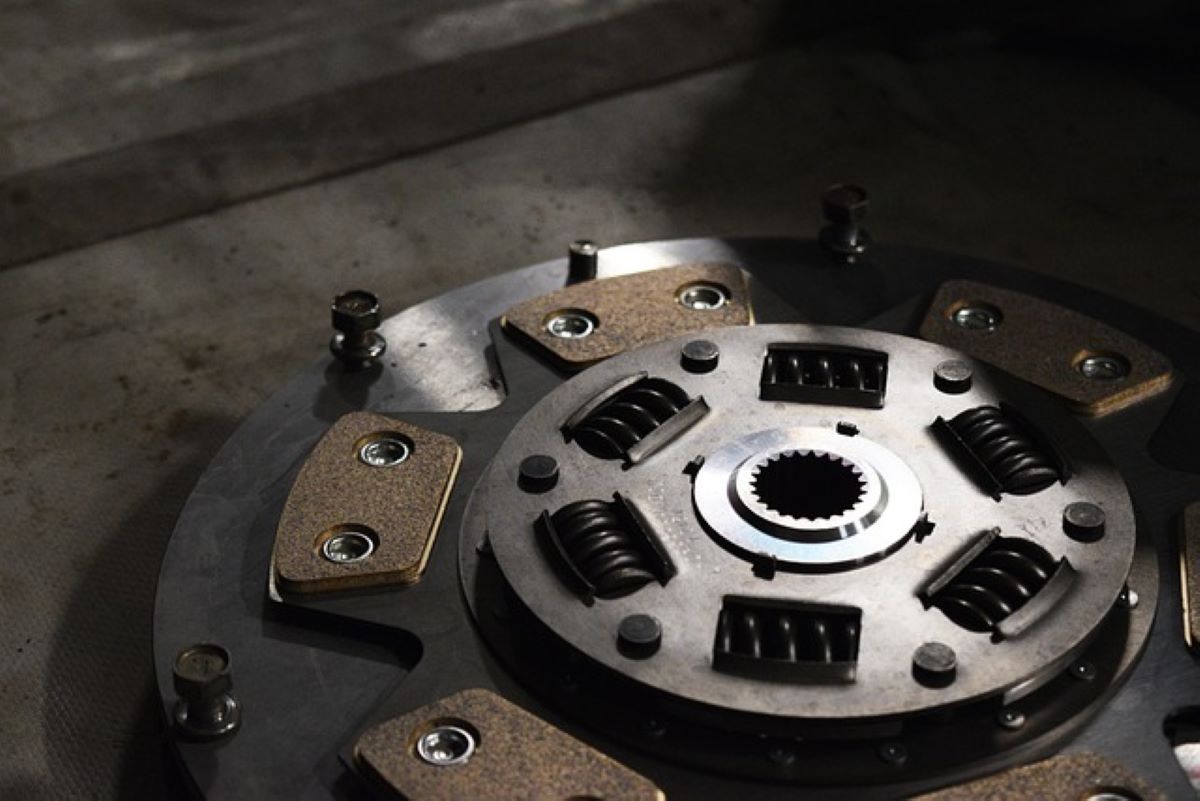Using cars has become a common activity in our lives. Most of us commute to work by car, either by ourselves or with a chauffeur. Since a vehicle can come in handy at any time, it is important to understand how it works. Wondering how a car clutch works? So, let’s learn about car clutches: What is it and how does it work?
Often considered the unsung hero of a manual transmission, a car clutch plays a vital role in the driving experience. While many may not be aware of it, its importance cannot be overstated.
In this blog post, we take a deep dive into the world of automotive clutches, looking at what clutches are, how a car clutch works and why it is important.
So let’s shift gears and examine the role of the clutch in your journey with a manual transmission.
Related: How Turbo Work: A Complete Guide
What is a Car Clutch?
Essentially, a car clutch is a mechanical device that connects and disconnects the engine’s power to the transmission, allowing for smooth shifting. It is a vital component of a manual transmission and acts as an intermediary between the engine and the wheels.
Essentially acting as a bridge between the engine and the wheels, its main purpose is to allow the vehicle to start from a standstill, accelerate, decelerate and change gears without damaging the transmission or stalling the engine.
The function of a Car Clutch
In a manual transmission vehicle, a car clutch allows for smooth transitions between gears. It is a basic and most important component for the functioning of any vehicle. A car clutch has seven main functions that are essential for a car to run smoothly:
1. Engage and Disengage
The primary function of the clutch is to make and break the connection between the engine and transmission. When the clutch pedal is pressed, the clutch is disengaged, disconnecting engine power from the transmission.
When the clutch pedal is released, the clutch is engaged, allowing power to flow from the engine to the transmission and ultimately to the wheels.
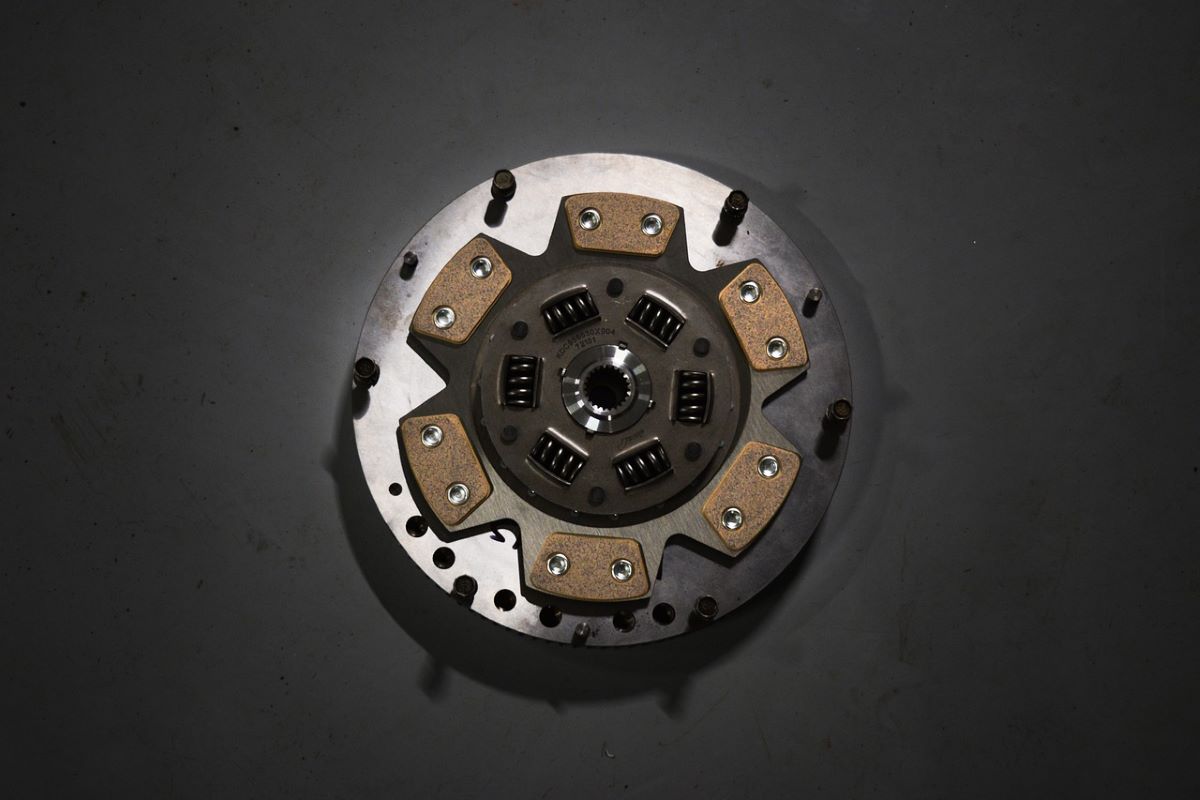
2. Smooth Gear Changes
The clutch allows for smooth, seamless gear changes. When shifting gears in a manual car, the clutch momentarily disengages the engine from the transmission, allowing you to shift into the gear you want without wearing down or damaging the transmission.
3. Starting from a Stop
The clutch allows the engine’s power to be transferred to the wheels to move the vehicle forward when you slowly release the clutch pedal while accelerating.
4. Engine Protection
The clutch acts as a protective barrier between the engine and transmission. It absorbs shocks and vibrations, preventing damage to the transmission and engine while driving.
5. Neutral Position
The power from the engine is completely separated from the wheels, allowing the engine to run without affecting the movement of the vehicle. This is useful when idling or starting the vehicle.
6. Safety
The clutch can be used as an emergency safety feature. By pressing the clutch pedal, the driver can quickly remove power from the wheels, allowing him to regain control or prevent the vehicle from rocketing forward in certain situations.
Also Read: How an Automatic Transmission Works
How to use a car clutch: How a Car Clutch Works
The clutch has so many functions that it’s important to understand how a car clutch works. A car clutch works by connecting and disconnecting the engine from the transmission. These functions allow for smooth gear changes and controlled power transfer in vehicles with manual transmissions.
A step-by-step guide to how a car clutch works:
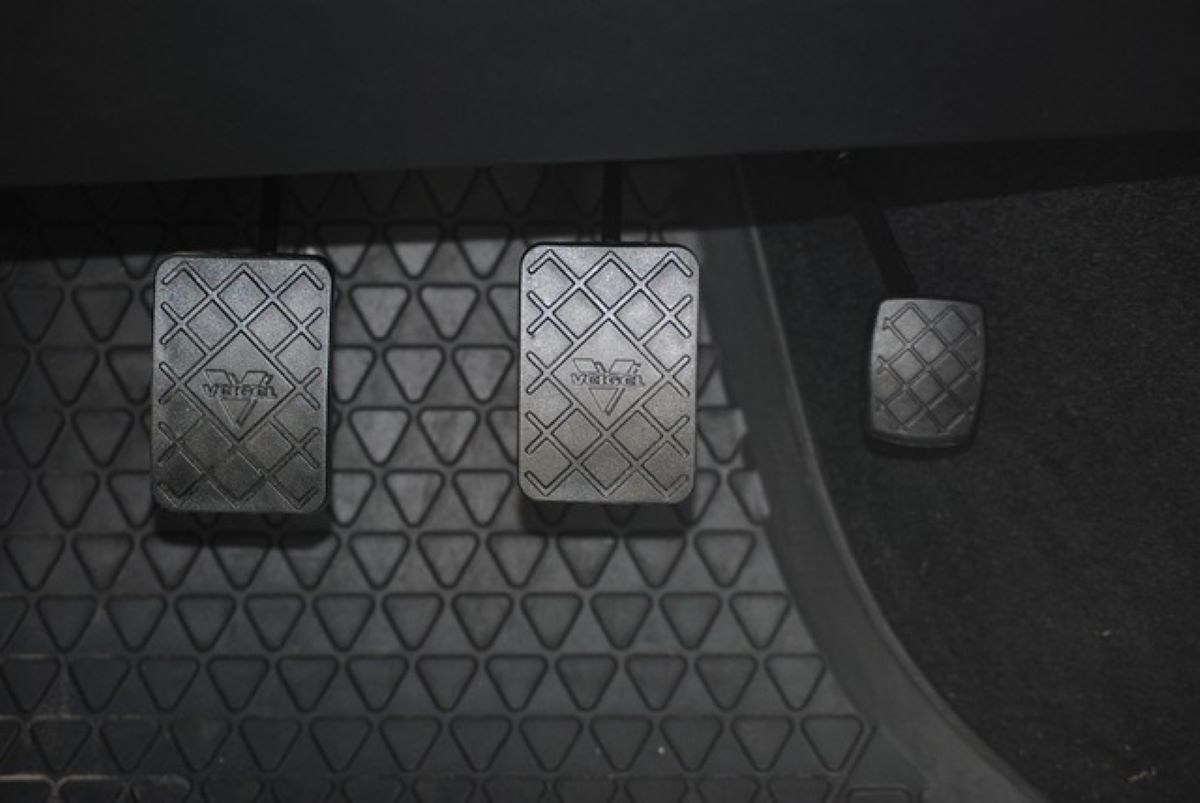
- Starting position: The clutch system starts in the engaged position, where the clutch disc is pressed against the flywheel.
- Press the clutch pedal: When the driver wants to release the clutch (for example to change gear or stop), he presses the clutch pedal with his foot. This activates the clutch mechanism.
- Release: When the clutch pedal is pressed, a hydraulic or mechanical system is activated to release the clutch. It is connected to the clutch pedal through a series of connections, which pushes it away from the clutch disc. This creates a gap between the pressure plate and the clutch disc, destroying the connection between the engine and transmission.
- Neutral: When the clutch is fully disengaged (clutch pedal fully depressed), the transmission is neutral. In this state, no engine power is sent to the wheels. The vehicle can idle and the driver can change gears without cutting teeth.
- Engaging a Gear: With the clutch disengaged and the transmission in neutral, the driver can use the shift lever to engage the desired gear. Gear changes are smoother as there is no connection between the engine and the transmission.
- Releasing the Clutch Pedal: After engaging a gear, the driver slowly releases the clutch pedal. Releasing the pedal returns the pressure plate to the clutch disc, using spring pressure or hydraulic pressure, which re-engages the clutch and restores the transfer of power from the engine to the transmission.
- Power Transmission: When the clutch is engaged, power flows from the engine through the clutch disc to the transmission. This power transfer allows the vehicle to move forward or reverse in the selected gear, depending on the driver’s input.
- Adjusting the Clutch: During normal driving, the driver can adjust the clutch pedal to control the speed at which the clutch engages. Fine adjustment is essential to achieve smooth gear changes and controlled acceleration and to prevent stalling or jerky movements.
- Repeat as necessary: The driver repeats this process when changing gears, accelerating, braking, or stopping. Engagement and disengagement can be controlled using the clutch pedal, allowing precise control of the vehicle’s speed and direction.
Components of a Car Clutch
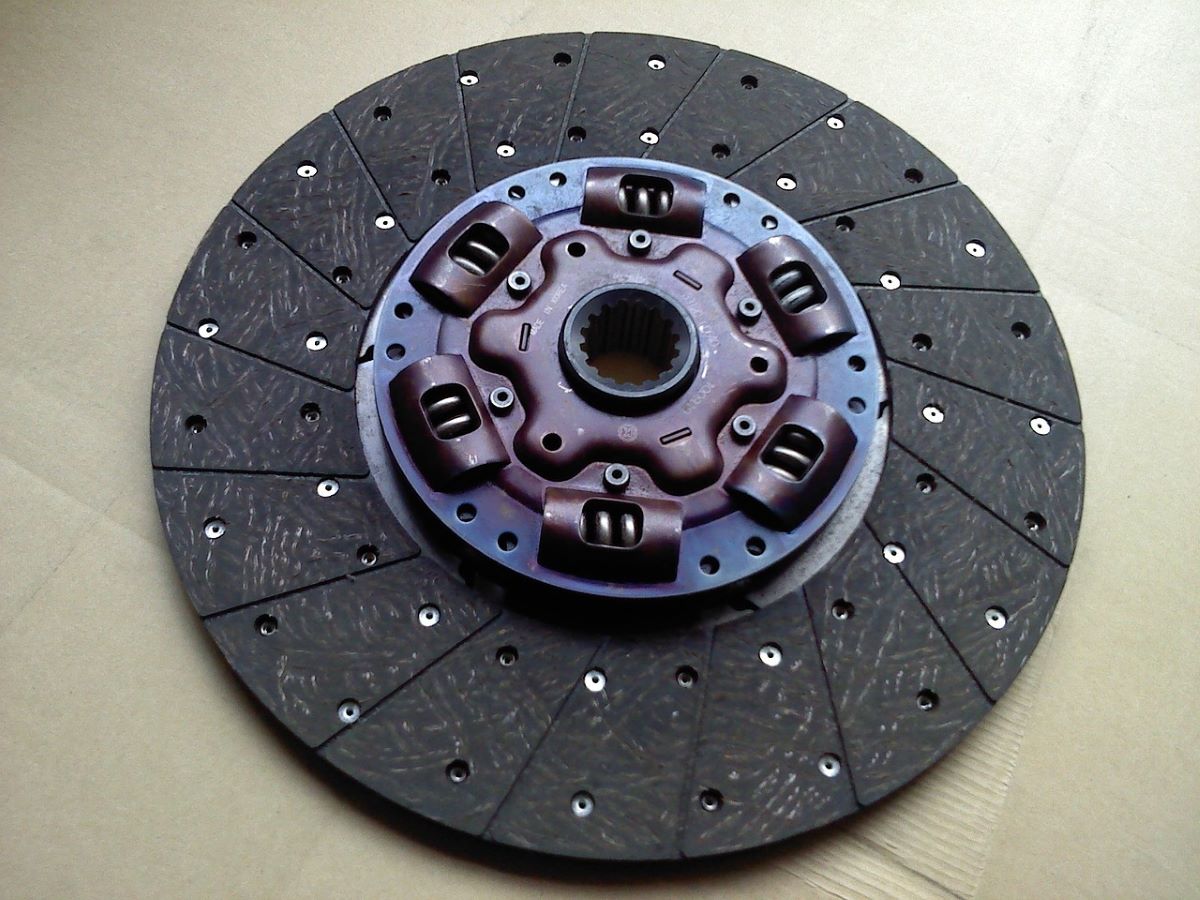
A typical car clutch consists of four main components. Only the interaction of all the components allows the car to run smoothly.
Clutch Disc
The clutch disc is a circular component of a vehicle’s clutch system with friction linings on both sides. It is located between the engine’s flywheel and the transmission’s input shaft, connecting and separating these two components. When engaged, it transfers engine power to the transmission, allowing you to move.
When released, usually by pressing the clutch pedal, it interrupts the flow of power, allowing smooth gear changes in manual transmission vehicles. Over time the friction linings wear out and must be replaced for optimum performance.
Pressure Plate
The pressure plate is a key element of a vehicle’s clutch system. It works in conjunction with the clutch disc and flywheel to help transfer power and shift gears. When the driver presses the clutch pedal, the pressure plate moves away from the clutch disc, disengaging the connection between the engine and the transmission.
When the pedal is released, the pressure plate presses against the clutch disc, allowing power to be transferred more easily and the vehicle to move forward.
Flywheel
The flywheel is connected to the engine’s crankshaft and plays an important role in storing rotational energy. This stored energy is used to maintain engine dynamics when changing gears and ensure consistent power transfer to the transmission. The smooth, flat surface of the flywheel provides a firm contact point for the clutch disc, allowing it to grip and transfer power effectively when the clutch is engaged.
Release Mechanism
The release mechanism, sometimes called the release bearing or clutch release bearing, is a vital part of a vehicle’s clutch system. It is used to facilitate engaging and disengaging the clutch. When the driver presses the clutch pedal, the release bearing moves along the transmission input shaft and exerts pressure on the pressure plate.
This process separates the clutch disc from the flywheel, disengaging the clutch and allowing smooth gear changes in manual vehicles.
Car Clutch Life
Car clutch life varies greatly depending on a variety of factors, including driving habits, maintenance and the type of vehicle. On average, a well-maintained passenger car clutch lasts between 80,000 and 160,000 kilometres.
However, with careful use and proper maintenance, some clutches can last much longer. Factors that can affect a car clutch’s life include
Driving habits:
Aggressive driving, such as excessive revs, hard starts and frequent rapid gear changes, can accelerate clutch wear and shorten the clutch’s life. A smoother, quieter driving style will help extend the life of your clutch.
Maintenance:
Regular maintenance of the clutch and the entire transmission system will help extend the life of your clutch. This includes checking and adjusting the clutch pedal play, checking the hydraulic clutch system for leaks, and making sure the transmission fluid is in good condition (for manual transmissions).
Coupling Materials:
The quality and type of materials used in coupling components can affect durability. High-quality clutches will last longer than lower-quality ones.
Driving Conditions:
Frequent stop-and-go driving in city or hilly areas can place additional strain on the clutch, potentially shortening its useful life more than driving primarily on the highway.
Driver Experience:
Experienced drivers who are accustomed to operating a manual transmission tend to put less strain on the clutch, potentially extending its life.
Proper Break-In:
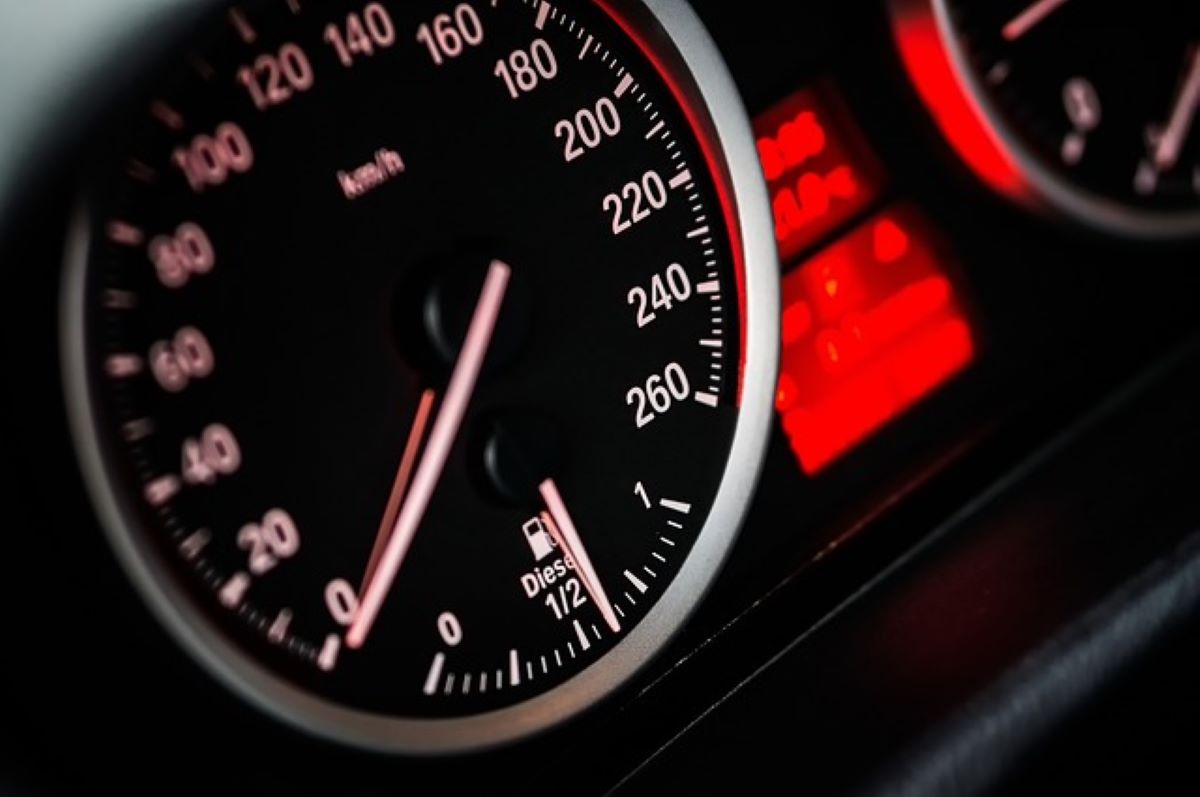
When installing a new clutch, it is important to follow the manufacturer’s break-in recommendations. Properly breaking in a new clutch can affect its overall durability.
Ultimately, the life of a vehicle’s clutch is determined by a combination of these factors, and it can be difficult to accurately predict how long a clutch will last in a particular vehicle. Regular inspection, maintenance and careful driving will maximize the life of your clutch and ensure optimal performance throughout its life.
How a Car Clutch Works: Conclusion
In conclusion, your car’s clutch is a vital component of your manual transmission as it allows for smooth gear changes and controlled power transfer. Regular maintenance and good driving habits are the secret to a long-lasting product.
Do you want to buy a car or do you already own one? Having a driver’s license is important to protect you from troubles that may occur on the road, while driving, while parking, etc. Click here to insure your car!
Read Also:

